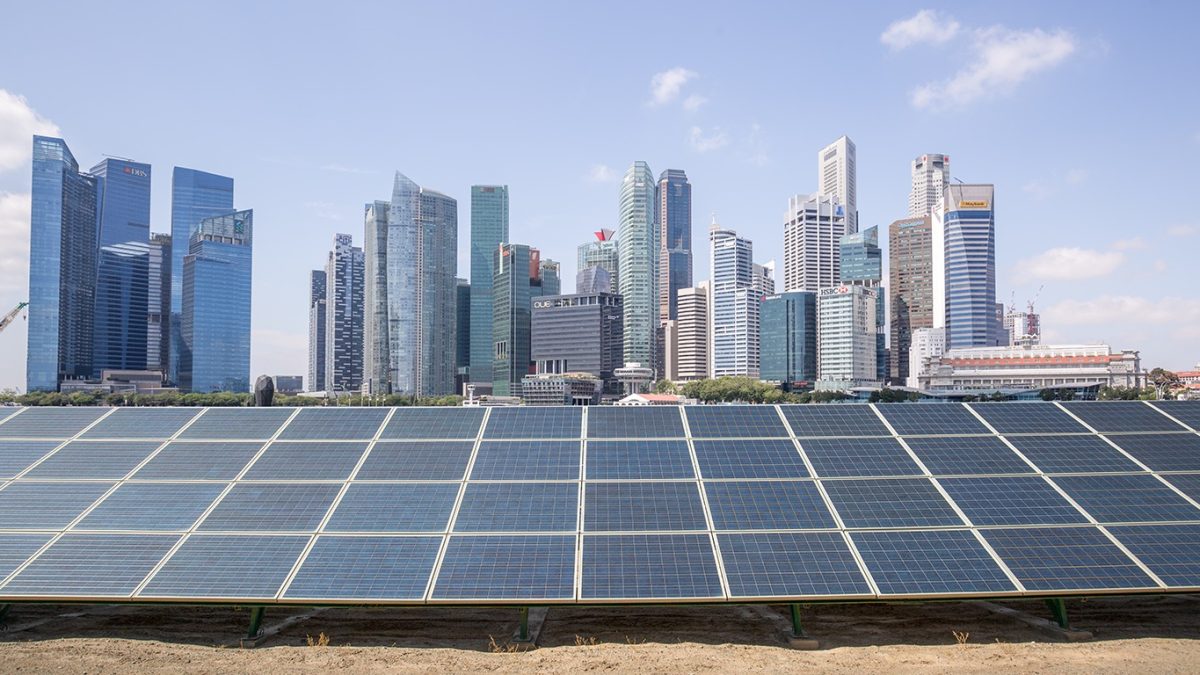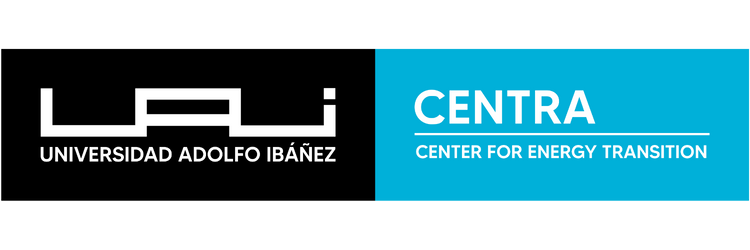
The role of energy efficiency in the transition
June 1, 2023
“The energy transition involves a profound change not only in the way energy is produced but also in how it is transported and distributed.”
On Energy Efficiency Day, it is important to highlight that the energy transition is not only about changing the way we generate energy but also about how it is transported, distributed, and consumed. By ensuring efficient energy consumption, we can reduce waste at the point of use, minimizing energy losses that occur between generation and final consumption.
Despite the critical role of energy efficiency in the transition, public perception often focuses on solar photovoltaic plants and large wind turbines, or even a combination of both. While these technologies are essential to the transition, they also pose challenges for integration into the energy matrix.
Why Is Energy Efficiency Overlooked?
Even though energy efficiency is a key element of the transition, it does not receive the attention it deserves—not only in public perception but also in investment priorities. Both public and private investments continue to focus mainly on solar and wind energy, while energy efficiency remains underfunded.
Challenges and Barriers to Energy Efficiency
There are several reasons why energy efficiency remains undervalued:
- Lack of Visibility and Public Appeal
- Energy efficiency projects (e.g., replacing lighting, refrigerators, or industrial motors) may save several megawatts, but they do not generate the same level of attention as a large solar or wind farm.
- The impact of energy efficiency is less tangible, making it harder to visualize its benefits.
- Financial Barriers to Investment
- Energy efficiency projects are not easily bankable, limiting their development and financing opportunities.
- Energy service companies (ESCOs) that invest in efficiency for their clients face difficulties securing financing.
- Unlike solar or wind farms, efficiency projects often lack secondary markets, making them less attractive for financial institutions.
- Low Residual Value as Collateral
- If a company invests in process improvements or technology upgrades (e.g., replacing motors or lighting), and later faces financial difficulties, banks may recover only a fraction of the original investment.
- Because these assets lack a strong resale market, their residual value cannot serve as collateral for loans, further restricting access to bank financing.
The Path Forward
Recognizing the importance of energy efficiency in the energy transition is essential for achieving a more sustainable and resilient energy system. However, overcoming these challenges requires:
- Increased awareness and visibility of efficiency projects.
- Financial mechanisms that make energy efficiency investments more attractive to lenders.
- Stronger policies and incentives to support efficiency initiatives.
Ultimately, while solar and wind energy will continue to play a leading role, efficiency improvements must be prioritized to maximize energy savings, reduce waste, and lower overall consumption.
Source: Norte Minero
